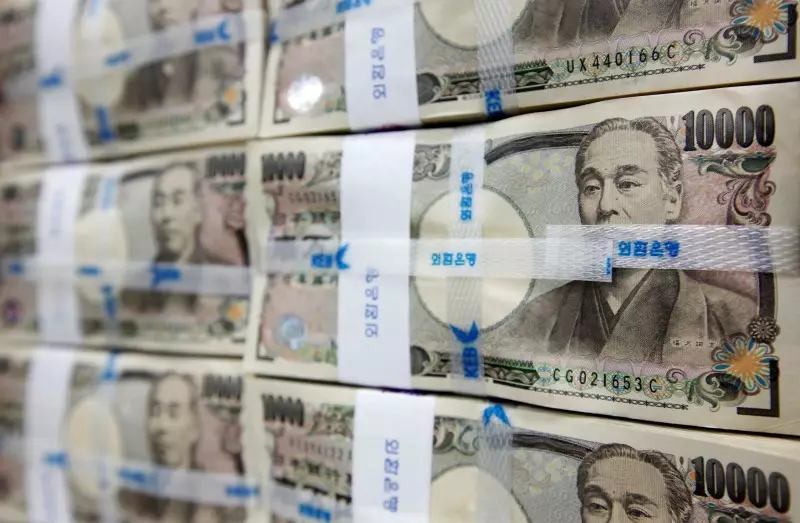In the fast-paced landscape of Forex markets, Asian currencies have been experiencing significant volatility, particularly influenced by both regional political instability and macroeconomic indicators. This week, a prevailing bearish trend has dominated the market, with many currencies failing to maintain value against the US dollar. The South Korean won has been hit particularly hard due to ongoing political issues, while the Japanese yen shows resilience as market expectations shift.
The Strength of the US Dollar
The US Dollar Index has gained momentum in recent trading sessions, achieving levels not seen in two years. This surge can be attributed to the Federal Reserve’s hawkish stance regarding interest rates and projections indicating fewer rate reductions for the foreseeable future. Such an outlook not only strengthens the dollar but also places immense pressure on foreign currencies, particularly those in the Asian markets. The result has been a ripple effect, causing many Asian nations’ currencies to depreciate.
Japan’s Economic Data Impacting the Yen
The Japanese yen has experienced a complex interplay of strength and weakness in recent trading. Despite the USD/JPY pair declining by 0.3%, the context provided by Japan’s inflation data cannot be ignored. The Consumer Price Index (CPI) in Tokyo has surpassed expectations, increasing concerns regarding price stability and fuelling speculations of a potential rate hike by the Bank of Japan (BoJ). As policymakers at the BoJ acknowledge the alignment of economic conditions for a near-term increase in rates, market observers are keenly watching for subsequent developments.
Conversely, the South Korean won’s depreciation highlights a different story. The won’s value declined amidst a political crisis that has reached a boiling point with the upcoming impeachment vote for the acting president. Prime Minister Han Duck-soo’s tenuous position following the Constitutional Court’s hearings further exacerbates investor anxiety. With the won set to lose nearly 2.5% over the week, the political unrest presents significant risks to economic stability, creating a challenging climate for investors.
Indian Rupee’s Struggles
The Indian rupee continues to struggle, having recently hit a record low against the US dollar. With recent trading pushing the USD/INR pair up to 85.713 rupees, the rupee’s ongoing decline underscores concerns regarding India’s economic health and potential vulnerabilities exacerbated by global economic shifts. The combination of internal challenges and external pressures further complicates the outlook for the rupee.
China’s Economic Indicators and Currency Stability
The Chinese yuan’s relative stability in the face of muted market activity is reflective of the broader economic narrative in China. The announcement of slower declines in industrial profits bodes a slight improvement, yet persistent domestic demand challenges remain a significant hurdle to achieving a robust recovery. The stagnant performance of the yuan serves as a signal of both resilience and vulnerability within China’s economic landscape.
Other currencies in the region have demonstrated varied performances in the Asian trading landscape. For instance, while the Singapore dollar has shown minor gains, the Australian dollar has faced slight downturns, illustrating the uneven nature of currency responses to global economic conditions. The Philippine peso has succumbed to depreciation, whereas the Indonesian rupiah has managed to gain ground against the US dollar.
As the Asian currency markets continue to grapple with a complex interplay of political unrest, economic data, and external pressures, the outlook appears fraught with uncertainty. Investor sentiment is swayed by the dual challenges of managing inflationary pressures and navigating political instability, particularly in South Korea and India. Looking ahead, stakeholders will be closely monitoring central bank decisions and geopolitical developments, which are likely to play pivotal roles in shaping currency trajectories throughout the region. As market dynamics evolve, understanding these nuanced factors will be essential for making informed investment decisions in the turbulent Asian currency landscape.


Leave a Reply